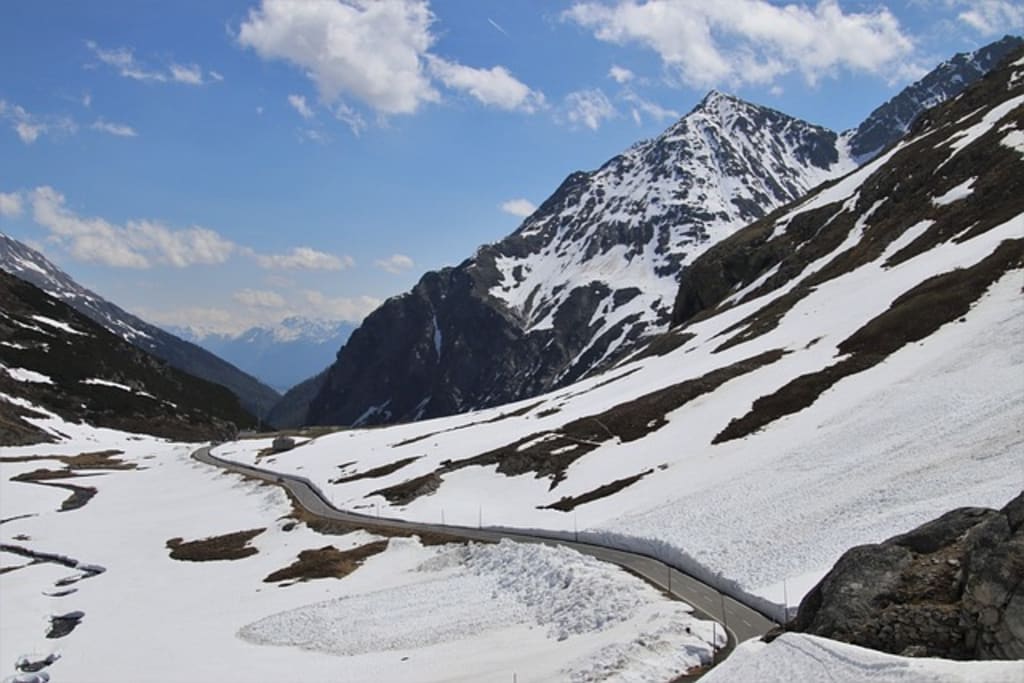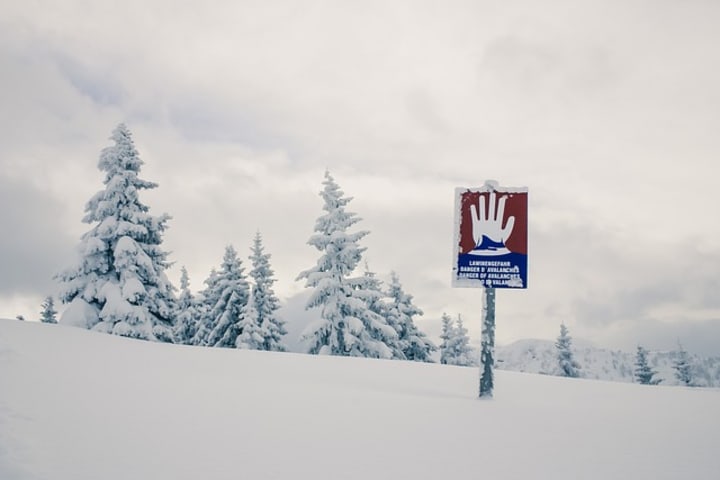How To Prepare For And Survive An Avalanche
Do you know what to do if you are in an avalanche?

An avalanche occurs when a large volume of snow clinging to the side of a mountain begins to slide down the mountain sweeping out everything in its path that is not well secured to the mountain. They can travel at more than 80 miles per hour, and tend to fall through a ravine or valley between the vertical ridges descending from the mountaintop. However, they can start anywhere on the mountain and can push right over ridges in their path.
How To Prepare For An Avalanche
Over a million avalanches occur every year and they can be triggered by heat from the sun, strong winds, a falling tree, and even loud sounds. However, if you are hiking through snowy mountains, there are a few things you can do to prepare yourself in case an avalanche occurs.
First of all, you should always carry a snow shovel and an avalanche rescue beacon. The shovel will help you dig your way out (as well as pitch camp), and the rescue beacon will send out a signal which can be tracked by Search & Rescue. Turn the beacon on when you begin your expedition so it will be on if you are knocked unconscious or separated from the beacon.
Before you cross any area heavily covered in snow, especially slopes with new snow on them, make sure you are wearing your snow goggles, hat, gloves, and a scarf and the goggles and gloves are secured to your body or coat. Zip up your coat all the way and be sure the cuffs are snug to make it harder for snow to get inside your clothing.
When crossing a slope, send one team member first followed one at a time by each person in your party. Make sure each person knows to focus on the slope above them for any sign of movement as they follow the same track as the person before. If you traverse a slope on the downside of any large outcroppings of boulders, these will provide you potential refuge if an avalanche hits.

If An Avalanche Occurs
Yell “Avalanche!” so everyone knows an avalanche is occurring, but close your mouth and turn your face away from the flying snow when the avalanche gets to you. You will not be able to outrun or ski faster than an 80 miles per hour avalanche, and you will not be able to stay put … but to a certain degree, you can “swim” through the flying snow. Attempt to swim up to the surface of the falling snow; this will help you end up closer to the surface where its easier to dig out and easier to find you.
If you can grab a large tree or rock, this may help you stop while the snow rushes past … better yet, if you can get on the downside of a large boulder … one embedded in the mountain … you may avoid the onslaught.
If you are in the avalanche for the ride with no potential way out and you can’t swim up or you have reached the surface … or if you simply can’t make any headway … curl up into a ball with your hands held tightly over your face … but not against your face so you are creating an air pocket.
When The Avalanche Stops
When you stop moving, relax for a moment, and figure out which way is up. If you can’t get oriented, move around to create some air space and lift your hand, keys, etc. and let them drop. The other way is up. Try to reach your hand up to reach the surface. If you can’t reach the surface and you can wiggle your way up to the surface, conserve your energy and try to relax; the rescue beacon will transmit your location to rescue teams.
If the snow is not touching your skin, being in the snow is the best way to stay warm. A wall of snow acts like insulation. So keep as dry as you can, and try to relax to conserve your energy. You can eat a bit of the snow for water.
Of course, the best survival technique is to avoid getting into an avalanche in the first place; know what the conditions are before you go.
About the Creator
Enjoyed the story? Support the Creator.
Subscribe for free to receive all their stories in your feed. You could also pledge your support or give them a one-off tip, letting them know you appreciate their work.






Comments
There are no comments for this story
Be the first to respond and start the conversation.